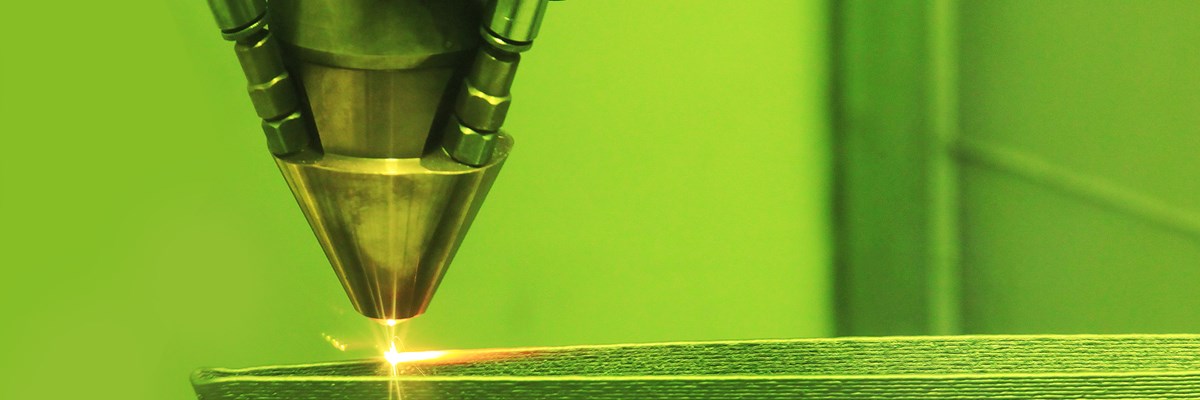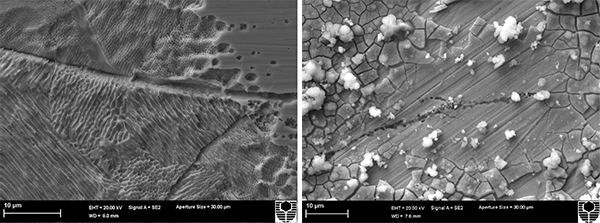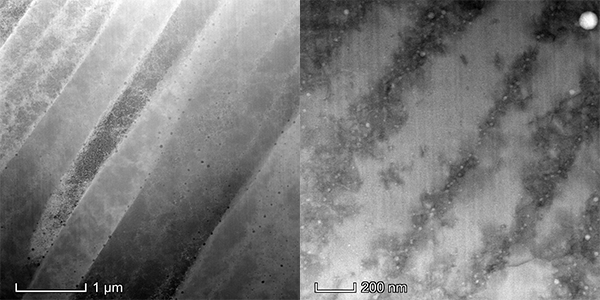Crevice and tribocorrosion behaviour of additively manufactured 316L stainless steel

Overview
Selective laser melting (SLM) a type of direct metal additive manufacturing (AM) that has revolutionised the fabrication of components in many industries, including the production of actuating parts operating in corrosive environments, such as biomedical implants and power generation industry. Little is known, however, on the SLM fabricated stainless steels’:
-
crevice corrosion behaviour, and
-
tribocorrosion behaviour due to the presence of third body abrasive particles.
Studies carried out at Curtin
Two series of as-SLM manufactured and heat-treated UNS S31603 (SS316L) samples were first characterised using scanning electron microscopy (SEM), electron backscattered diffraction (EBSD) and transmission electron microscopy (TEM). Then, the crevice corrosion behaviour (no wear) of the SLM SS316L samples was investigated by the cyclic polarisation method using creviced coupons in a 3.5 wt.% NaCl electrolyte and compared to those of wrought SS316L and UNS S31703 (SS317L) stainless steels.
Three-body tribocorrosion tests were carried out with coarse silica sand abrasive particles, delivered to the interface of the sample and a rotating rubber counterface. Cyclic and potentiostatic polarisation were used to understand the interaction between corrosion and abrasion. Lastly, the microstructure and the morphology of the tribo-corroded regions were characterised. Figure 1 compares the localized corrosion behaviour of SS316L in two metallurgical conditions as indicated.
Figure 1; Crevice of (left) as SLM and (right) heat treated SLM SS316L.
This study suggests that SLM manufactured SS316L has a complex microstructure as evidenced by randomly oriented low-angle grain boundaries, nanometer size inclusions and porosity. Heat treatment drastically alters the microstructure and agglomeration of the inclusions. Figure 2 shows TEM of SLM SS316L samples in the as printed and heat treated condition.
Figure 2; TEM of as SLM manufactured 316L stainless steel sample. (left) HAADF image, (right) dark-field analysis.
It was found that the implications of the observed microstructure on crevice and tribocorrosion behaviour are considerable (Figure 1). Hence, comprehensive research is needed before widespread application of SLM in fabricating parts.
Additive manufacturing research at Curtin
The recently launched additive manufacturing (AM) Microfactory is a centralised 3D printing hub at Curtin University. The hub facilitates research, industry collaboration and teaching in the area of additive manufacturing to academia and industry researchers in Western Australia and beyond. To learn more visit Curtin's AM Microfactory home page.


